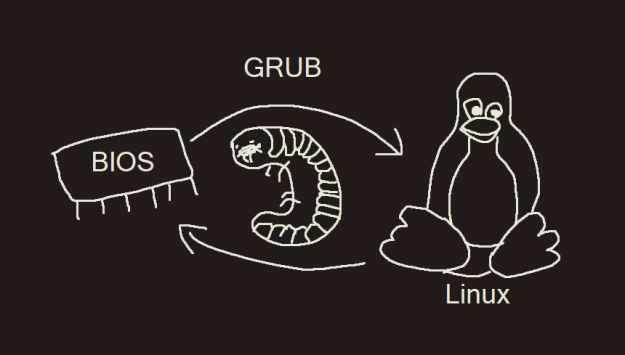Since beginning this undergrad program (really, the CS transfer program at my previous school) and starting my internship, I’ve found myself working in several different environments with several different tools. I’ve been able to scrape by in most of them, but haven’t stuck around with any one of them for long enough to become really familiar with it. I can specialize template classes and manage pointers in C++, but I don’t know how to use most of the standard library. I’ve grown from using a couple of Linux commands in a Manjaro VM to writing increasingly useful Bash scripts, but I’m not rapidly adding Linux commands to my toolbox. I’ve programmed in at least 10 different languages in the last year, but I’m not happy with my proficiency in a single one of them.
I think that this means that I need to start making use of the related Familiar Tools and Concrete Skills patterns, or at my own dot product reinterpretation of the two. The Familiar Tools pattern is all about developing consistency with a tool that you already trust yourself with, and Concrete Skills is about developing a proficiency foundation to build on. I have some foundation, but it’s split across a bunch of different technologies, and I need to rebuild it starting from a single tool that can become familiar to me.
The tool that I’d like to become familiar with is Rust. I share a lot of the general and technical priorities of that project. It’s great that it’s flexible and able to progress and fix mistakes without being paralyzed by a need to forever remain backwards-compatible. More importantly, I want to eventually work mostly with statically typed languages, and I love that it lets you opt into fewer levels of abstraction. For example, how cool is it that you can inline assembly in the same language that considers C-style undefined behavior to be a design failure?
Now that my formal education is ending, I’m going to use some of my spare time to develop my concrete skills in Rust by working on small projects. Hopefully, one of those will be working through Sedgewick & Wayne’s Algorithms again in Rust, some will be collaborative projects on fun things that I can’t yet get paid to do, and some will be projects where I figure out how to integrate a Rust backend with other tools that I need to learn more about anyway such as web APIs and AWS CloudFormation and Timestream.
From the blog CS@Worcester – Tasteful Glues by tastefulglues and used with permission of the author. All other rights reserved by the author.

